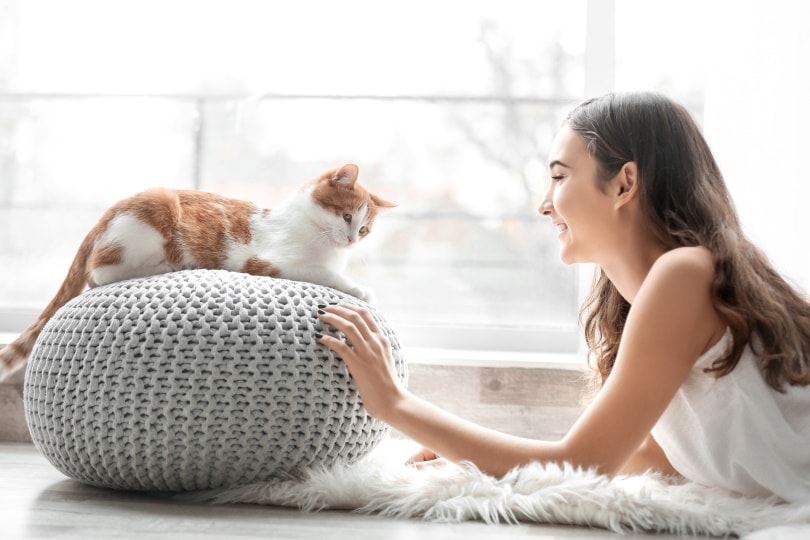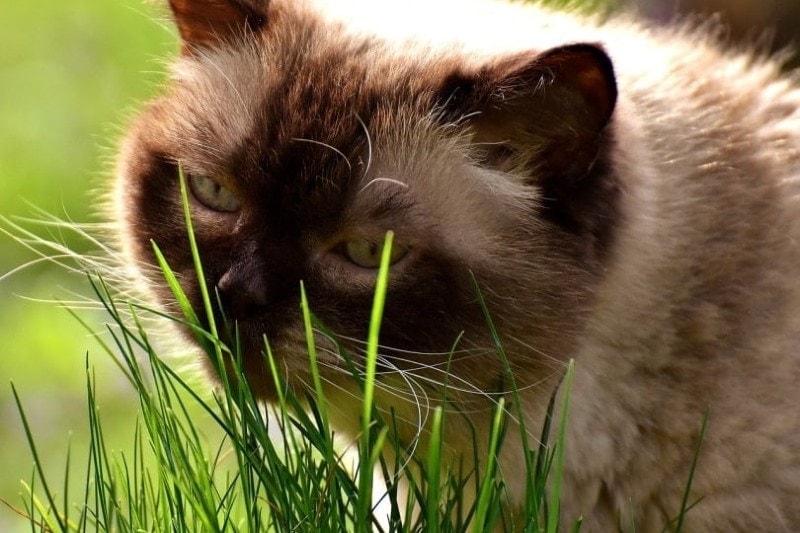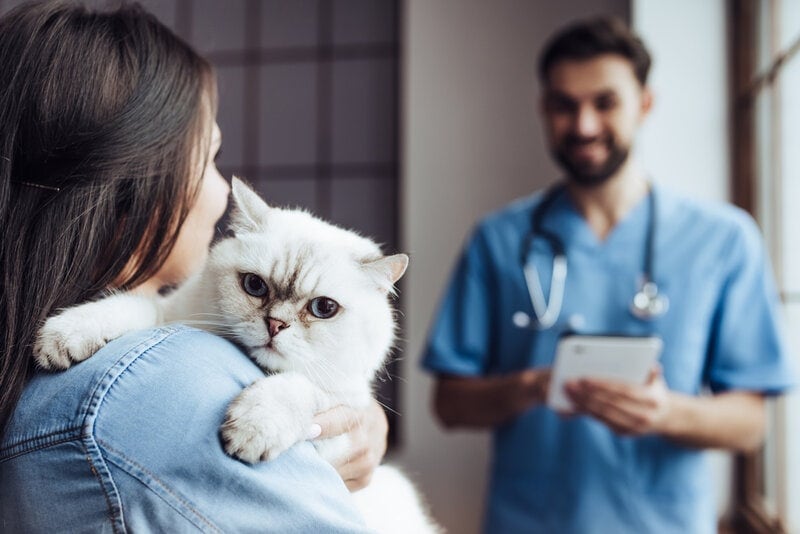How to Make Homemade Spray to Keep Cats From Eating Plants: 8 Simple Steps

Updated on
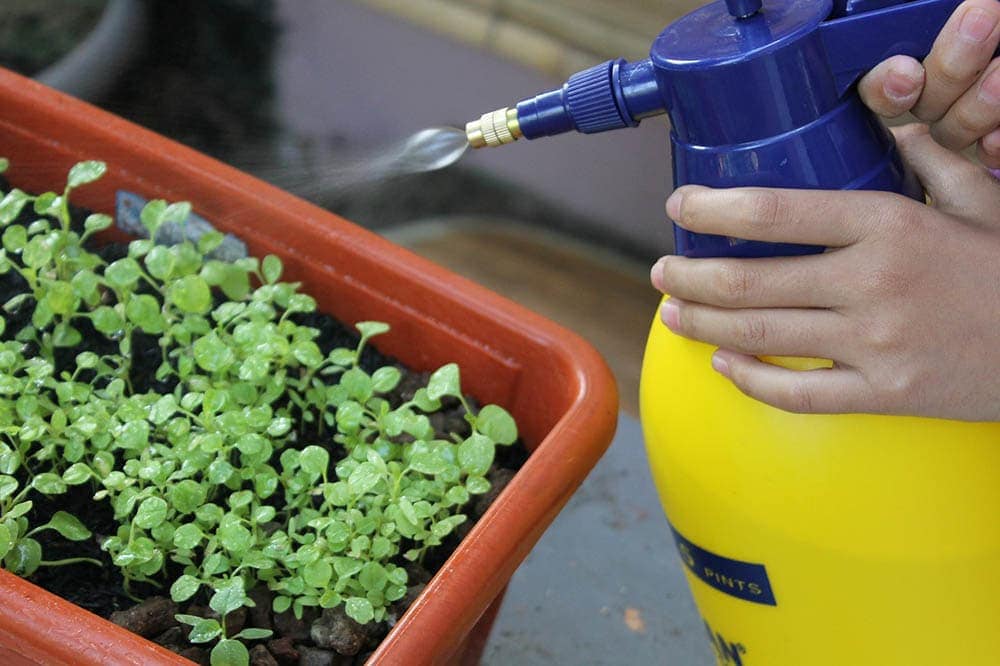
Plants are a great way to spruce up any home. If you own a cat, you know how difficult it is to have both your fur baby and beautiful plants in the same room. Cats simply love to explore and chew on new things—especially your plants. Many people reach for a homemade spray to deter their cats from chewing their plants. Let’s take a look at a common cat spray you can make yourself. By following this step-by-step guide, you can save your plants while keeping your kitty healthy. It is important to note that the ingredients in this spray are not safe for cats to eat, they are used for their repellent purposes only.
The 8 Steps to Make a Cat Deterrent Spray for Plants
1. Getting Started
While this homemade spray is easy to make, there is still something you should do before you get started. What is that you may ask? Gather all your ingredients! There is nothing worse than working on a project, recipe, or homemade cat spray to save your plants and not having the things you need at hand.
- A spray bottle
- 2 tablespoons cinnamon
- 2 tablespoons lavender
- 2 tablespoons rosemary
- 3 cups of water
- Cheesecloth
- Orange essential oil
- ½ cup of vinegar
2. Boil the Water
Add the 3 cups of water into a medium saucepan. Place on the stove and set to medium-high heat until water begins to boil.

3. Add Ingredients
Add the rosemary, cinnamon, and lavender to the boiling water and reduce heat. Allow simmering for 30 minutes.
4. Wait Overnight
After 30 minutes of simmering, turn off the heat. Cover your mixture tightly and let it sit overnight.

5. Strain
The following day, take the cheesecloth and strain the mixture to remove any large bits and pieces.
6. Add the Other Ingredients
Once strained, add the orange essential oil and vinegar.
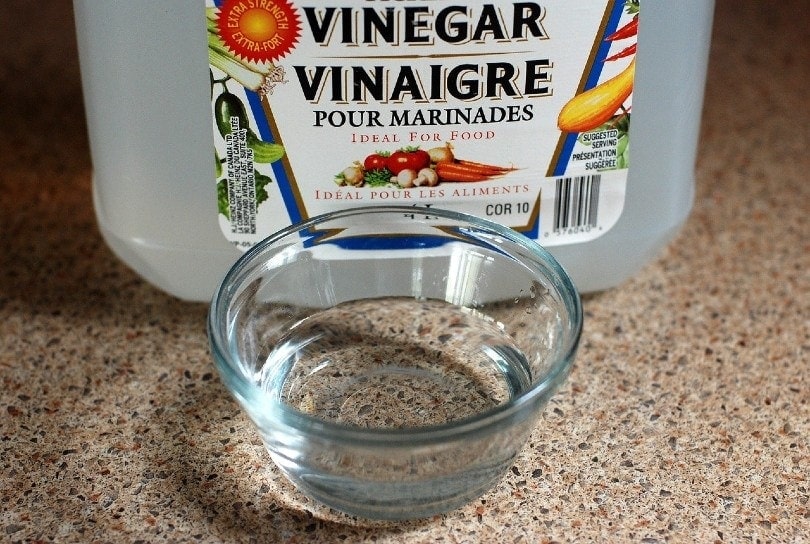
7. Place in Container
Once the last ingredients are added, pour the mixture into your spray bottle and replace the top.
8. Ready to Use
Now, your homemade spray is ready to use. Spray your houseplants thoroughly to keep your cats from harming them. Hopefully, you’ll see their ferocity for attacking your plants recede. If after several days you notice them getting close again, feel free to give your greens a thorough spray once again.
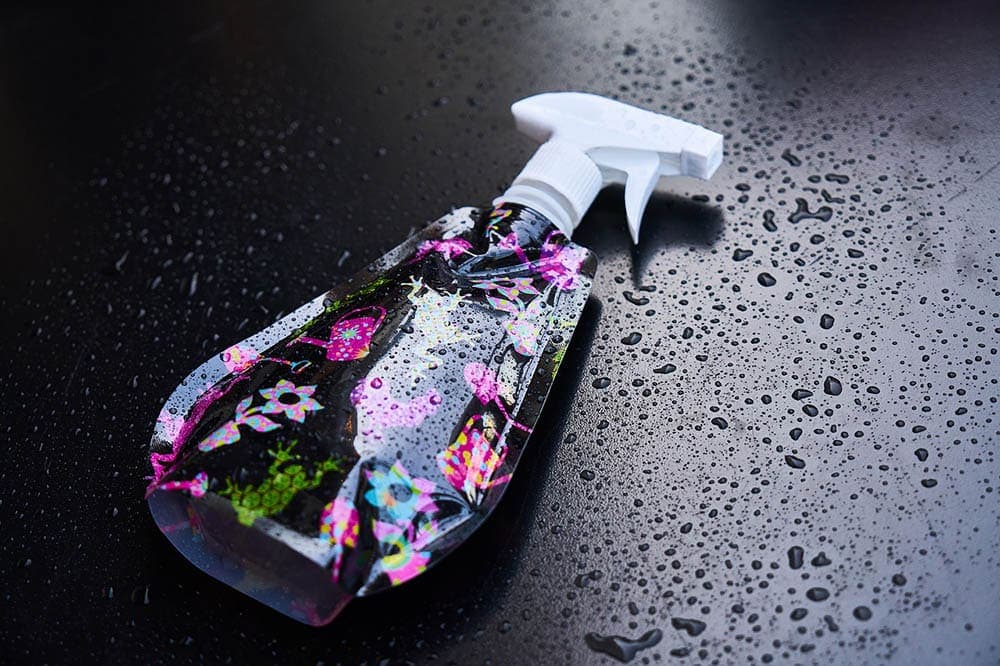
Why Do Cats Chew Houseplants?
Cats are obligate carnivores. You may wonder what that means. Simply put, cats get most of their nutrition from protein, preferably animal protein. This is why your kitty loves chicken and beef. While meat is their go-to, that doesn’t mean your cat isn’t curious about plants. In the wild, nibbling on plants helps them get a few extra necessities, including fiber. Your houseplants may call to their natural wild sides and attract them for a quick bite.
Another popular theory on why cats eat houseplants is boredom. If cats don’t have toys to keep their attention or other fun activities, your houseplants may become a target. Leaves of plants wiggle in the wind. When your kitty sees this, their natural curiosity is going to lead them to your plants.
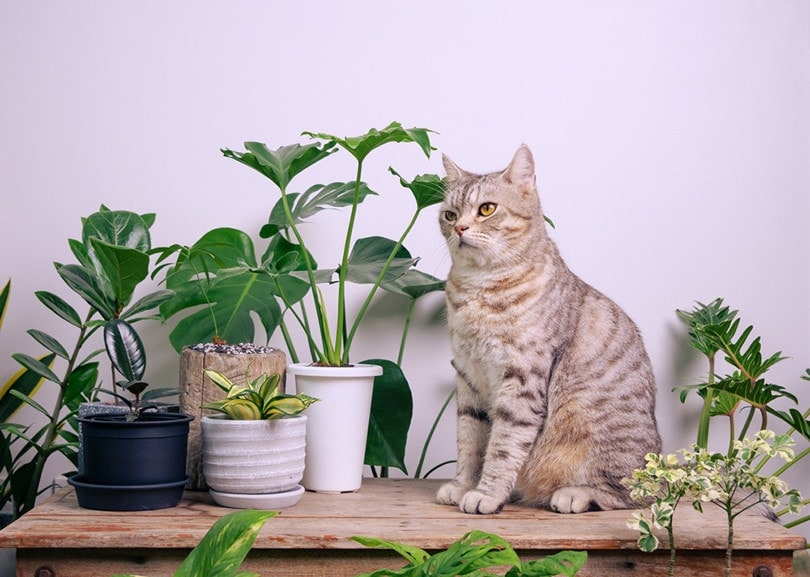
The 4 Other Ways to Save Your Houseplants
While homemade cat spray is a good choice for keeping your cat away from your houseplants, there are others you can try as well. Let’s take a look at a few.
1. Be assertive
By saying no with a stern voice and clapping your hands some cats will understand that you want them to stay away from your plants. Other cats will not care. It’s according to the cat, but never try to frighten them.
2. Introduce cat grass
Cat grass is a safe alternative for cats who have an interest in chewing plants. This product can be ordered online or picked up at your local pet store. Cat grass is easy to grow and is something most cats enjoy.
3. Fight boredom
Since cats like to chew your plants when they are bored, offering them more toys and play could be the answer. Anything that keeps your cat occupied could help them forget the plants are sitting there waiting.
4. Try fresh catnip
Catnip is beloved by most cats. If you have plants in the house your cat is fixated on, catnip is a great way of distracting them. If your cat enjoys the nip, they will spend hours indulging which leaves your plants alive and well.
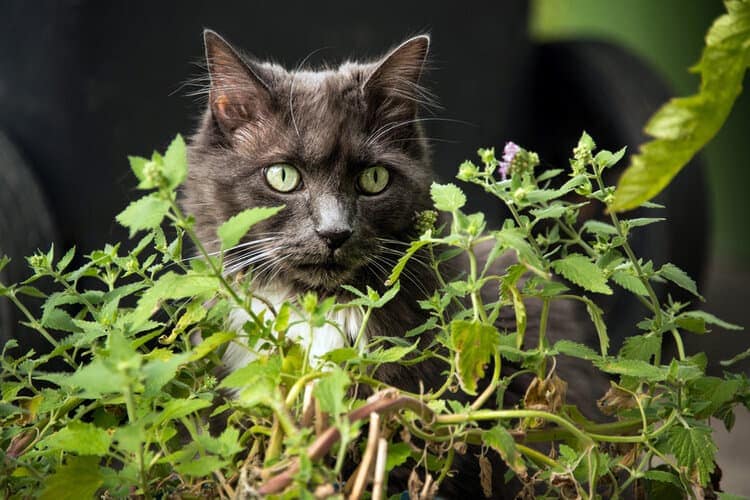
Dangerous Houseplants
While houseplants make your home look great, certain ones are dangerous for your cat. Here’s a list of common houseplants you should not have in the home if you have cats.
- Arrowhead Vine
- Boston ivy
- Cactus
- Caladium
- Chrysanthemum
- Creeping Fig
- Daffodil
- Holly
- Hydrangea
- Ivy
- Lily
- Mistletoe
- Narcissus
- Philodendron
- Tomato leaves
In Conclusion
This homemade cat spray is a good way to keep cats away from your houseplants. The ingredients used are safe to use on plants and are known for their ability to keep kitties at bay. If you have cat-safe plants in your home and want them to flourish, whipping up a bottle of this spray now and then will make this possible. Don’t be angry at kitty for being curious, it’s in their nature. As a last reminder your cat must not get access to the herbs and essential oils used in this recipe and should not consume the spray.
Featured Image Credit: mayapujiati, Pixabay

